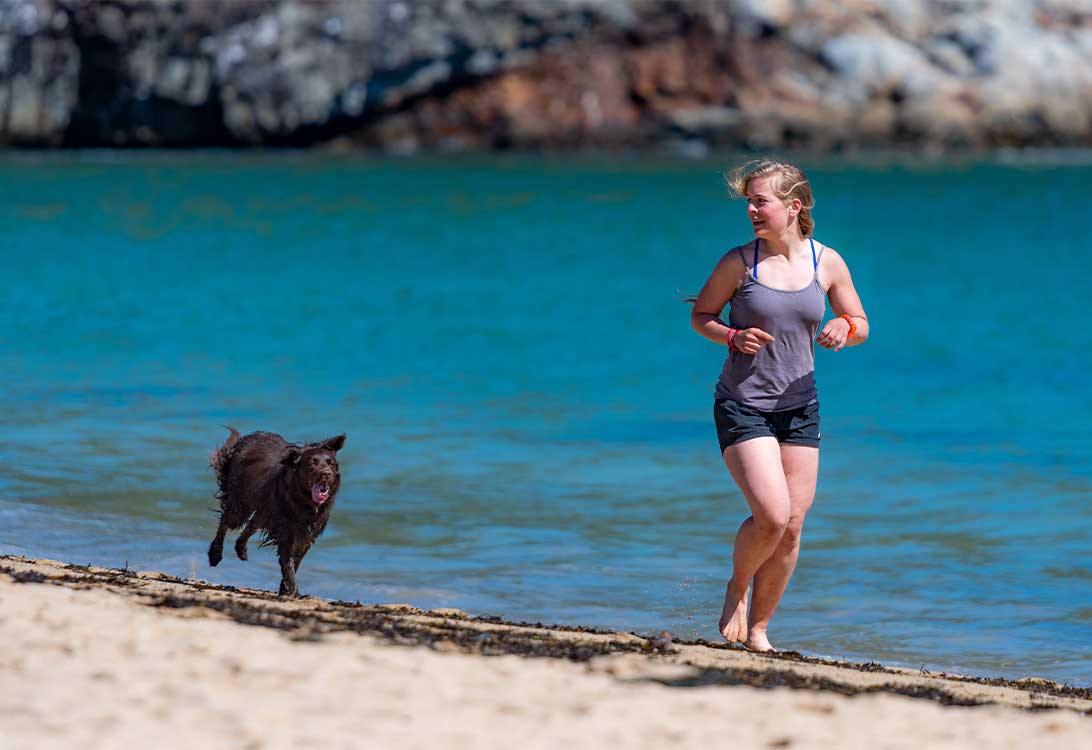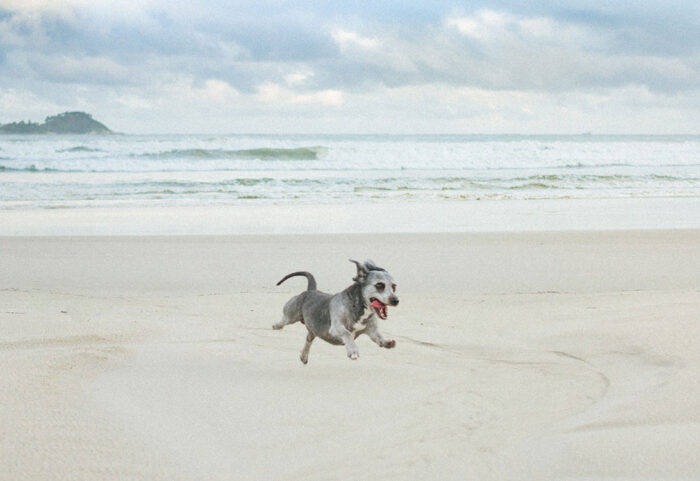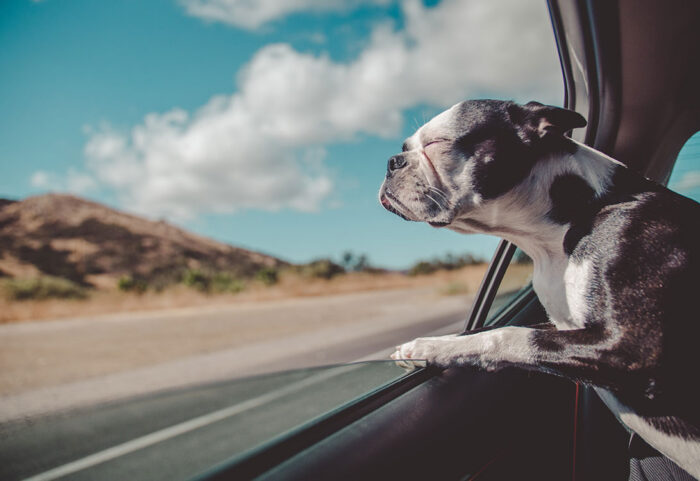Dos and Don’ts: Working Out With Your Dog

Now is a great time of year to implement a workout regimen that includes your dog. Nearly 54% of all dogs in America are overweight or obese; that number is far too high. Healthy weight dogs feel better and live longer than dogs who are overweight. Working out with your dog can be a ton of fun! Whether you’ve got a tiny Maltese or a horse-sized rescue dog, there are plenty of exercises you can do together to help keep the pounds off. Just like humans, though, dogs have limits. Here are a few dos and don’ts when it comes to exercising with your dog.
DO: Pay Attention to the Environment
DON’T: Ignore Situational Issues that Could Hurt Your Pup
It’s 80-degrees and you want to take a walk with your dog. Sounds like fun, right? Your dog’s paws are actually incredibly sensitive, and don’t forget he doesn’t wear shoes! Check the temperature of the pavement by putting down your palm. If you can’t leave it there, it’s too hot for your dog’s paws, too. Invest in some paw-covering booties or, better yet, schedule your walks around cooler times of day like the early morning or evening. Likewise goes for too-cold situations in which your dog’s extremities could actually suffer frostbite.
DO: Push Yourselves a Little Bit!
DON’T: Forget the Signs of Overexertion
Just like people, dogs’ bodies love to be pushed a bit. Moving new muscles and getting the blood pumping is great for your dog – just remember that most animals don’t have the same self-regulation that humans have. Overexertion, overheating, and hyperthermia can be incredibly unhealthy for your dog. Signs include pale gums, excessive panting/drooling, collapse or weakness, high body temperature, or even seizures. When in doubt, slow down the pace.
DO: Choose an Activity that’s Right for Your Dog
DON’T: Ignore Your Dog’s Breed, Size, or Age
The older your dog gets, the less mobile he’ll become. Along the same vein, understand that small dogs have small strides and will tire more easily than big dogs. Take your dog’s unique characteristics into account before exercising. Is he a brachiocephalic breed? He’s probably more prone to breathing issues and/or overheating. He doesn’t like the water? Don’t force him to swim against his will. Finding common exercise ground is a good way to ensure you and your pooch stick to it. Walks, jogs, and even hiking are common dog/human exercise activities that please everyone. At the end of the day, your dog’s “exercise” regimen can be as simple as two good walks each day. Conversely, it can also include ultimate frisbee, skateboarding, and duck hunting, if that’s your thing! Choose the activity around your dog and not the other way around. Your dog (and you!) will be healthier and happier for it.


